Dark Chocolate to Satisfy Your Sweet Tooth
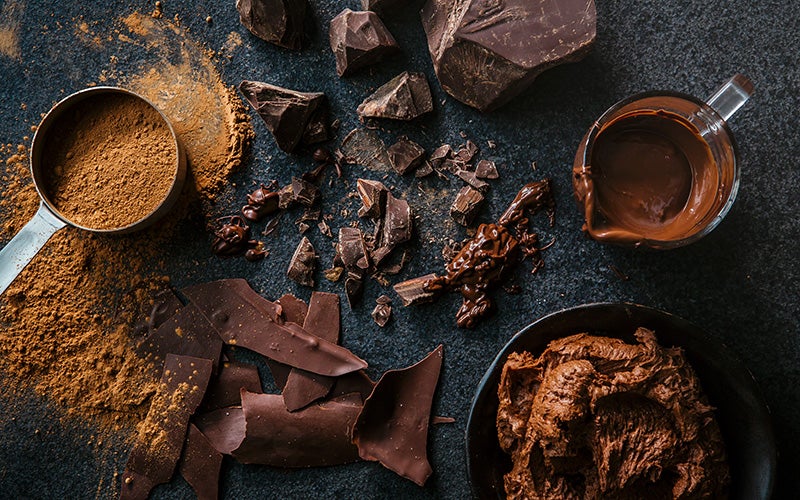 ©Tracey Kusiewicz Foodie Photography
©Tracey Kusiewicz Foodie Photography
Can’t get enough chocolate? Welcome to the club! If you’re like us and can’t resist the cocoa bean either, but don’t want to stray from your fitness goals, go for dark chocolate. Find out why it’s better than the milk variety and try out our favorite chocolate recipes right away!
What Counts as Dark Chocolate?
Chocolate generally consists of cocoa mass, sugar or a sugar alternative, and cocoa butter. Other flavors like vanilla, fruits, and spices may be added, as well as milk or cream powder.
Anything with a cocoa content of 35 percent or more can technically be referred to as dark chocolate. Quality dark chocolate is usually anything with more than 50% cocoa solids, and semi-sweet chocolate usually has half the amount of sugar as cocoa. To put that in context, the cocoa content of most popular milk chocolates is 30 percent. Unlike milk chocolate, dark chocolate contains no milk products.
Calories and nutritional values of dark chocolate
Dark chocolate has a comparatively high calorie and fat content, but it also still has a decent amount of protein. Dark chocolate is also rich in iron and provides additional vitamin E. It also has antioxidants to fight free radicals and lower your risk of cardiovascular disease and high blood pressure, among other health benefits.
A dark chocolate with a cocoa content of 70 percent contains, on average, per 100 grams:
Calories 579
Protein 9.5g
Carbs 34g
Sugar 29g
Fat 43g
Vitamin E 0.59mg
Iron 12mg
Should I Eat Dark Chocolate or Milk Chocolate?
Which is better: dark or milk? Let’s take a closer look at both varieties and their differences:
Starting with the ingredients: Dark chocolate does not contain milk powder, so it’s usually lactose-free and vegan. That makes it the perfect choice for people who want to avoid eating animal products or have trouble digesting lactose. Before you buy, play it safe and take a closer look at the list of ingredients to be sure.
In terms of calories, the milk version scores more points: Because compared to dark chocolate, it has on average fewer calories at around 530 kCal per 100 grams. This is because dark chocolate contains proportionally more fatty cocoa mass. This drives up the energy value. So the higher the cocoa content, the more kilocalories the chocolate contains.
On the other hand, dark chocolate has a lower sugar content and more protein than milk chocolate. On average, 100 grams of the milk version contain just 5 grams of protein and a whopping 60 grams of sugar. But for dark chocolate, the protein content is just under 10 grams per 100 grams and the sugar content is only around 30 grams.
Another great advantage of eating dark chocolate is that it satisfies your craving for sweets or fatty foods over a longer period of time. Your blood sugar level rises and falls more slowly, which is why you don’t experience an energy low after eating it. It tends to take longer for your cravings to come back after you eat dark chocolate. Plus: Dark as opposed to milk chocolates are high in iron, even outperforming classics like legumes, spinach, and pumpkin seeds.
So the bottom line is that dark chocolate consumption is the better option if you want to satisfy your sweet tooth.
Chocolatey Recipes
Want to satisfy your cravings for chocolate and try out new recipes? Try our perennial favorites with cocoa powder, from pancakes to cakes to hot chocolate:
Vegan Chocolate Protein Pancakes
Perfect for a lavish Sunday brunch or a lazy afternoon with friends: Pancakes! Our chocolate pancakes are high in protein and super easy to make. Plus they’re vegan. Ready to give it a go with some melted dark chocolate topping? Click here for the recipe!
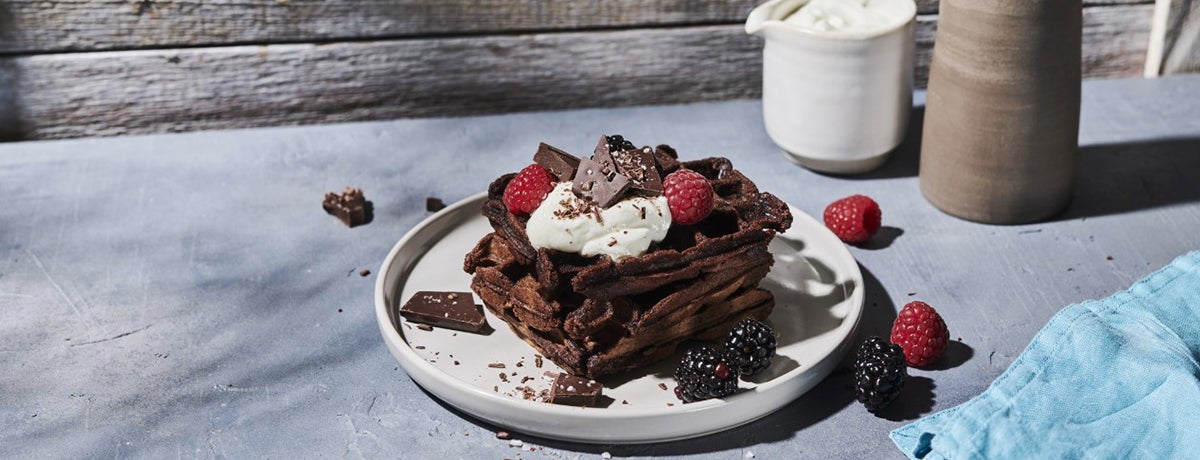
Vegan Chocolate Mousse
Creamy meets chocolatey: This dessert immediately makes your mouth water. The fact that our chocolate mousse is also vegan is just the cherry on top. No one can resist it. Try out this simple recipe right now!
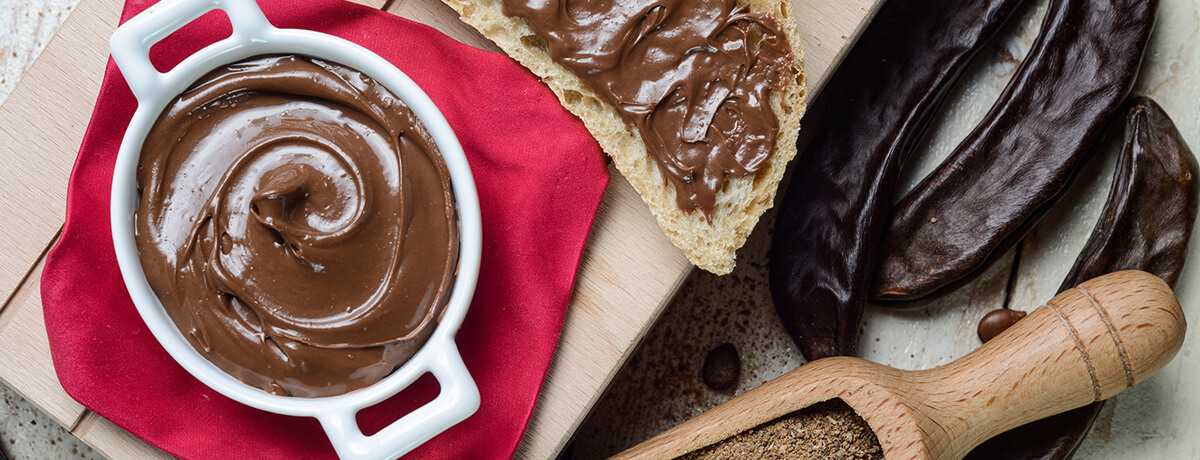
Sugar-Free Chocolate Haystacks
Grab and crunch away, no regrets: our Chocolate Haystacks are a great choice for when you’re craving a sweet snack without throwing your nutrition plan out of whack. They consist of only two basic ingredients: cornflakes and our Protein Cream. In contrast to conventional chocolate creams, it contains much more protein, but no added sugar or palm oil. Fancy a big crunch? Check out the recipe here!
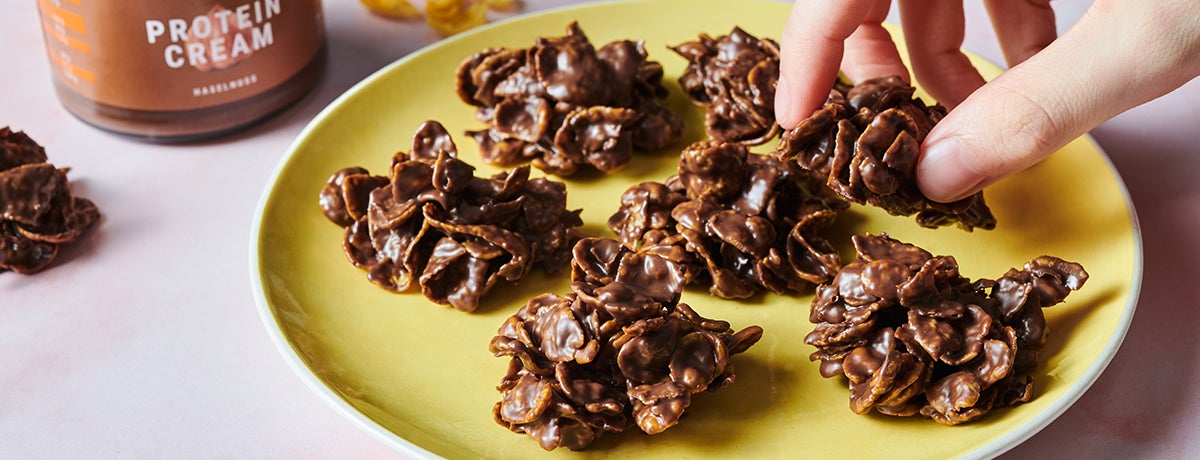
Energy Protein Cake
A dream for anyone with a sweet tooth and in need of an extra serving of protein. This cake is designed to bake in the microwave and it’s packed full of chocolatey flavor thanks to our chocolate Whey Protein. Head here for the recipe!
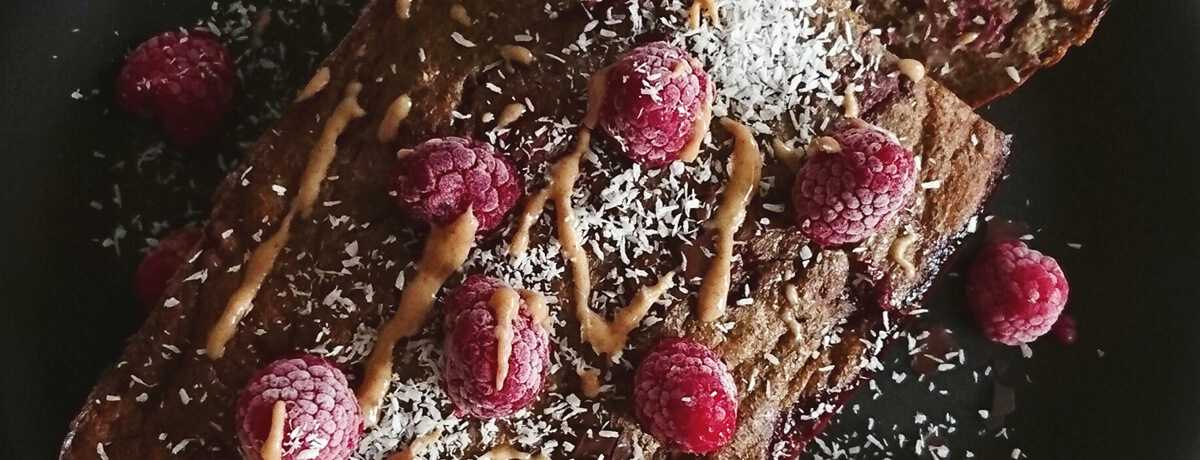
Protein Cheesecake Brownies
Get two absolute classics in one: cheesecake and chocolate. Much too sinful? No way! Our Chocolate Cheesecake Brownies get their sweetness from our Whey Protein and stevia. This adds a lot of protein and flavor to this clever dessert. Even the second piece tastes good. Click here for the recipe!
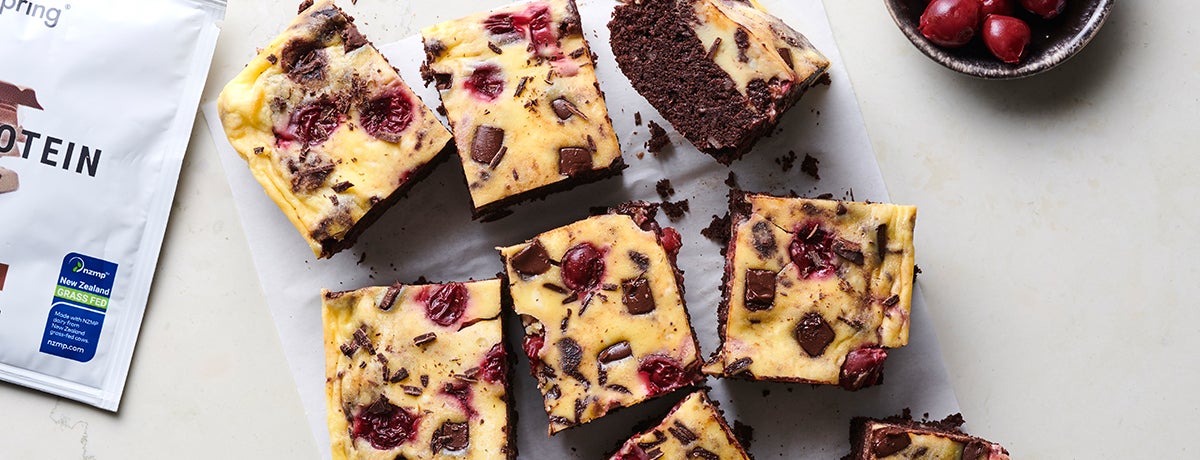
Low-carb Chocolate Zucchini Cake
You read that right: Chocolate meets zucchini! The green vegetable at the bottom of your produce drawer is basically tasteless and it makes this cake a clever low-carb snack for between meals that can rival any sinful cake at the bakery. Test out the recipe right away!
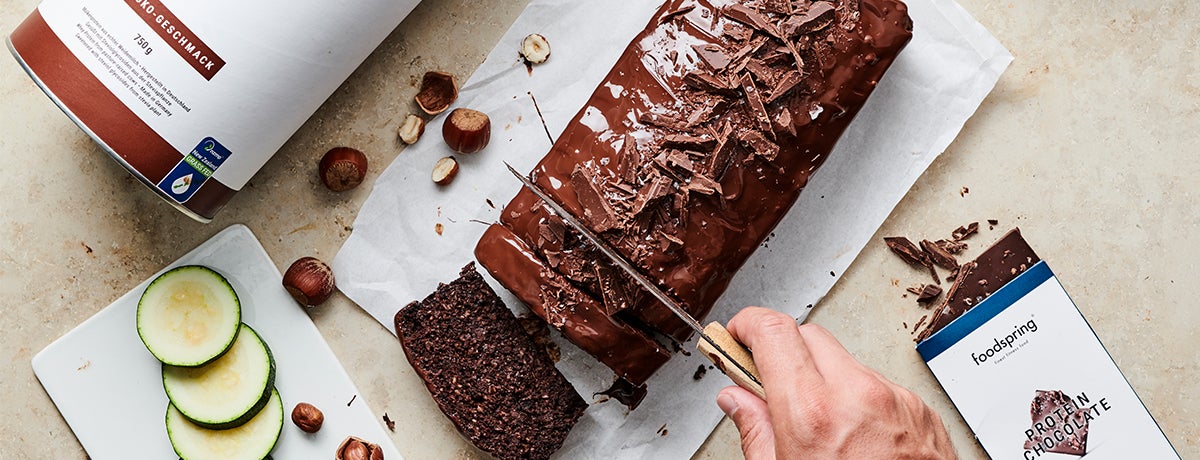
Marzipan Hot Chocolate
Don’t say we didn’t warn you: our hot chocolate with marzipan is your tastebuds’ dream come true! There’s no sugar, tons of protein, and it’s simply delicious. Click here and dive into holiday comfort all year long!
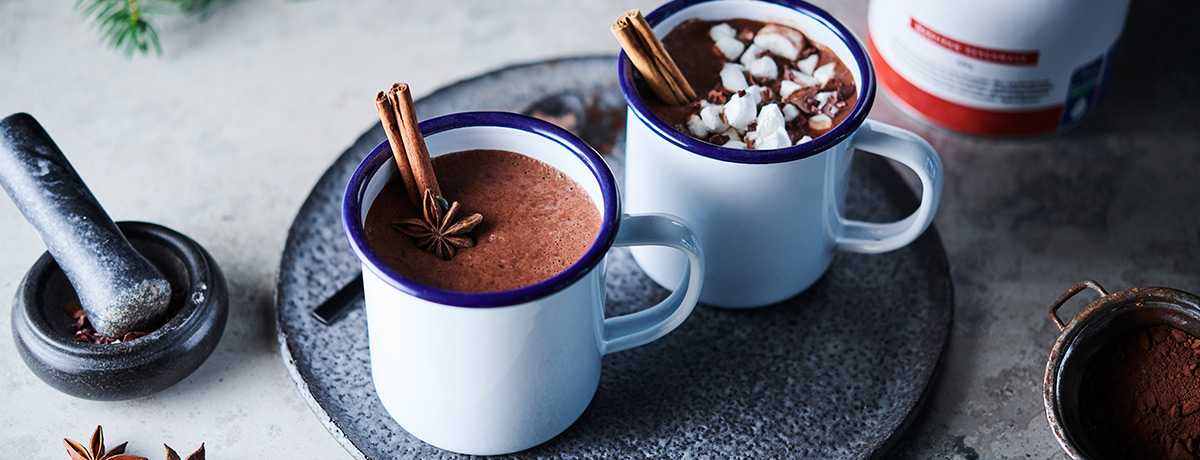
Want more? Check out our recipe database for more than 300 recipes – clever, delicious, and super simple!
Conclusion
- Dark chocolate contains at least 35 percent cocoa mass, plus cocoa butter, sugar or a sugar alternative, and optional additional flavors.
- A distinction is made between dark and semi-sweet chocolate, depending on how high the percentage of cocoa is, and the ratio between sugar and cocoa. Dark chocolate does not contain milk powder so it’s usually lactose-free and vegan.
- Compared to the milk variety, dark chocolate may have more calories and fat, but it also has less sugar. It’s also higher in protein and contains a lot of iron.
Sources for this article
We at foodspring use only high-quality sources, including peer-reviewed studies, to support the facts within our articles. Read our editorial policy to learn more about how we fact-check and keep our content accurate, reliable, and trustworthy.





























